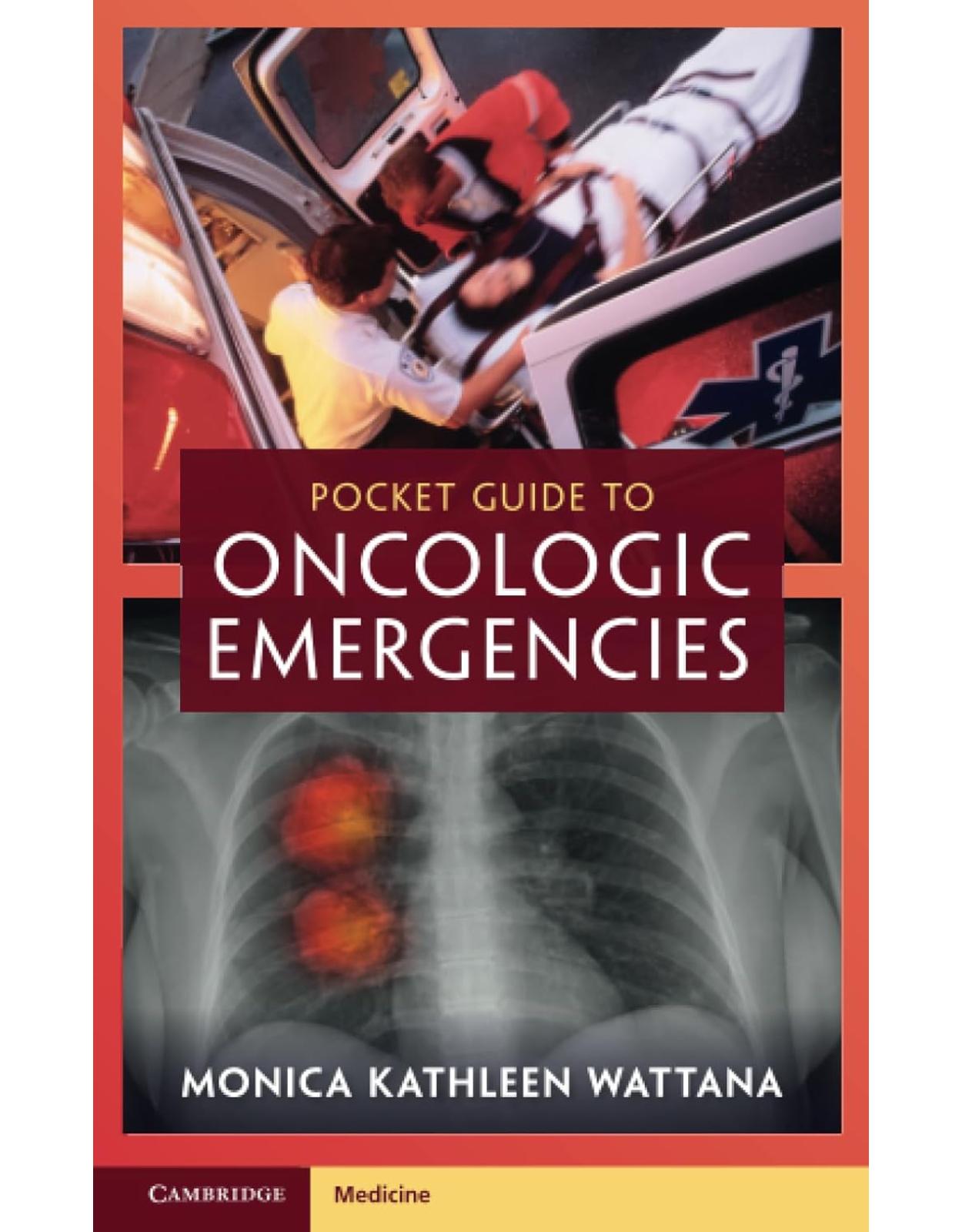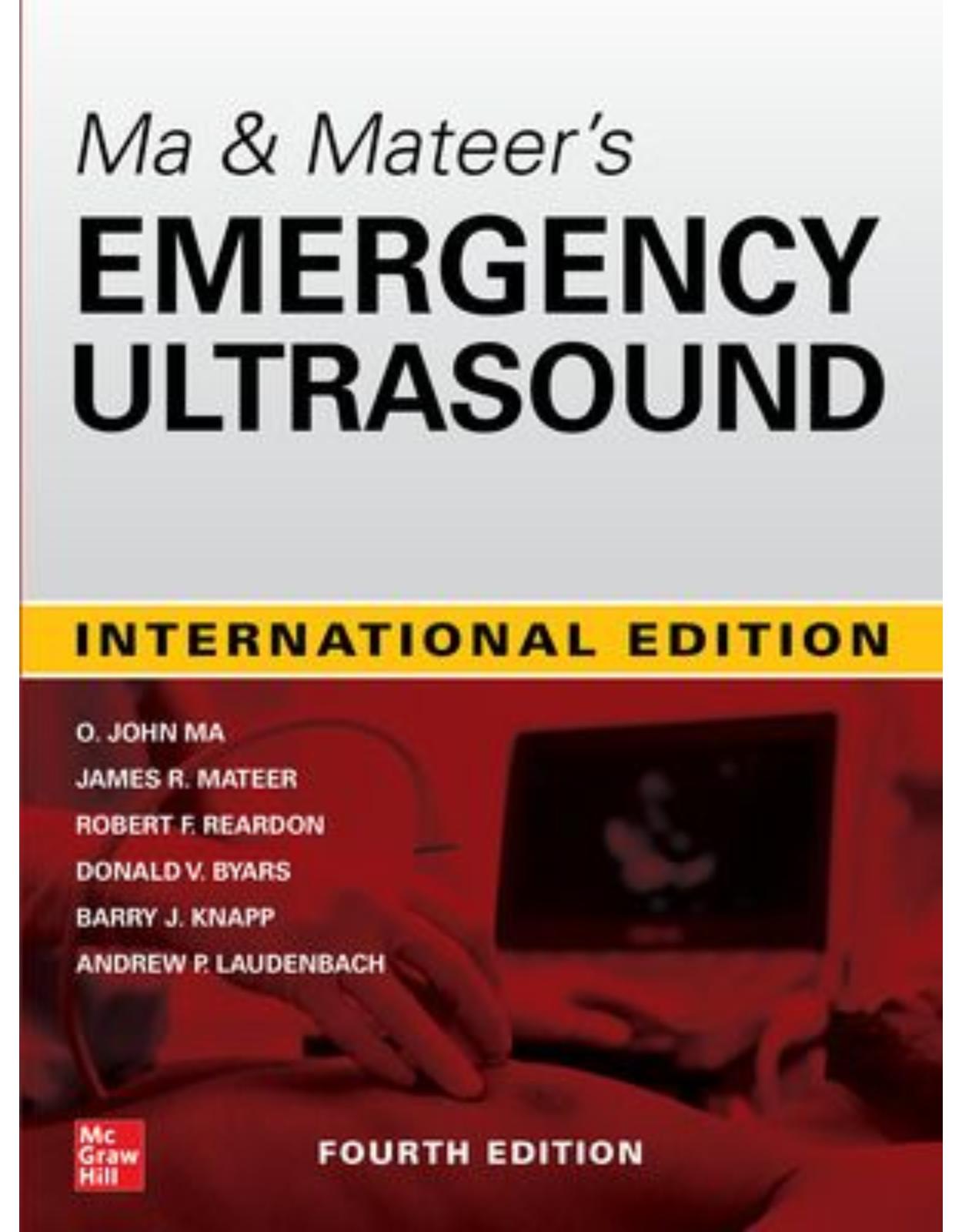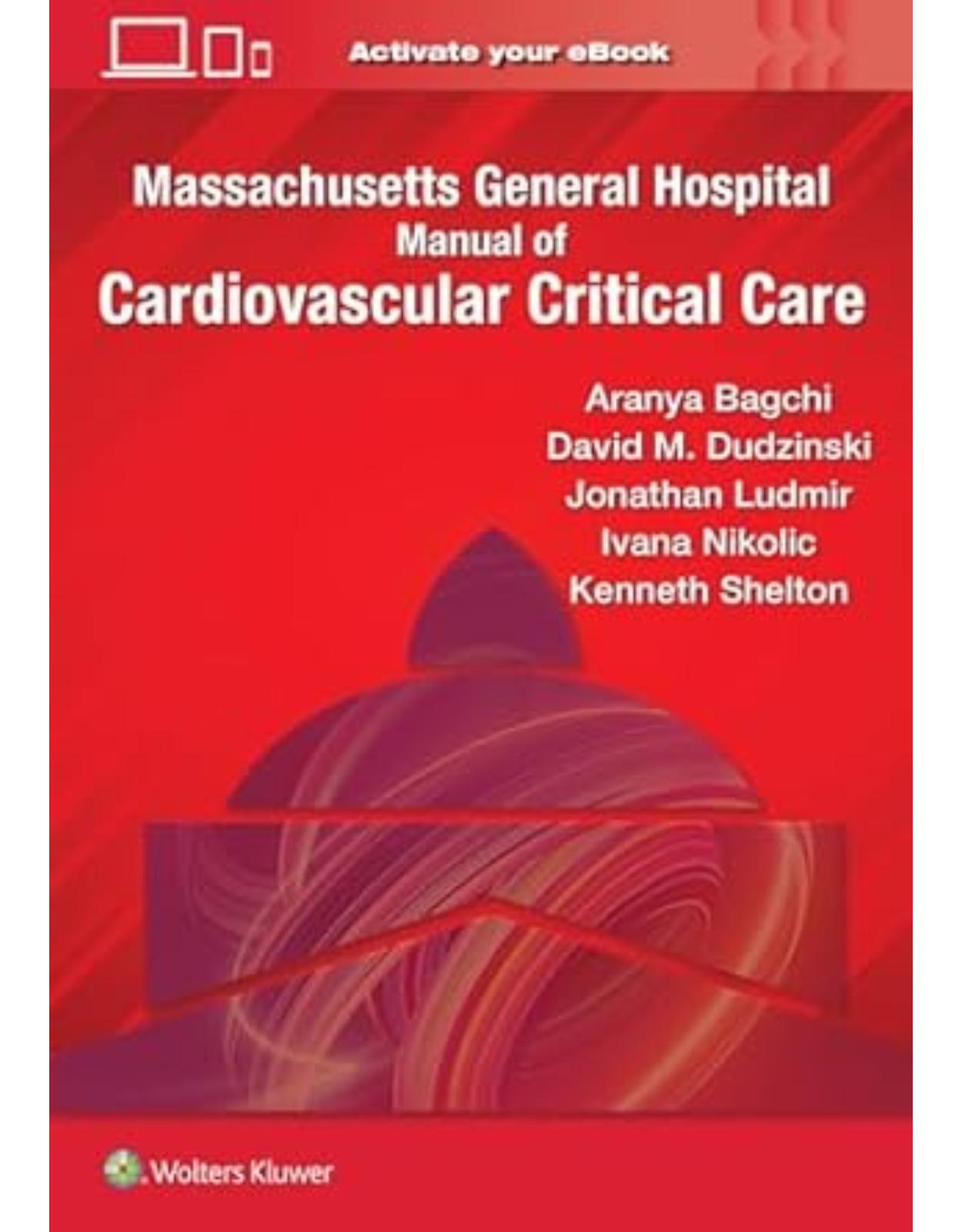
Atlas of Surgical Techniques in Trauma
Livrare gratis la comenzi peste 500 RON. Pentru celelalte comenzi livrarea este 20 RON.
Disponibilitate: La comanda in aproximativ 4 saptamani
Editura: Cambridge University Press
Limba: Engleza
Nr. pagini: 477
Coperta: Hardcover
Dimensiuni: 227 x 282 x 26 mm
An aparitie: 02 Jan 2020
Description:
As surgical specialization becomes more focused, there is a growing lack of expertise amongst surgeons in life-preserving management of severely injured patients. This comprehensively updated second edition provides an in-depth, visual guide to both commonly and uncommonly performed trauma procedures. It includes over 900 high-quality color photographs and illustrations of step-by-step procedures on fresh, perfused and ventilated cadavers. Practical surgical anatomy, procedural sequencing, and common technical pitfalls are all clearly outlined. A number of new techniques have been introduced since the first edition, from REBOA (resuscitative endovascular balloon occlusion of the aortic), to ribplating for flail chest and skin grafting. Informed by the editors' experience in some of the busiest trauma centres in the world, the text has been updated throughout and includes additional photographs. This Atlas is an essential resource for trainee and operating trauma surgeons, and general surgeons distant from academic centres, as well as emergency medicine and critical care personnel.
Table of Contents:
Section 1 The Trauma Operating Room
Chapter 1 Trauma Operating Room
General Principles
Setup and Equipment
Warming
Blood
Communication with Anesthesia Team
Section 2 Resuscitative Procedures in the Emergency Room
Chapter 2 Cricothyroidotomy
Surgical Anatomy
General Principles
Special Instruments
Patient Positioning
Technique of Open Cricothyroidotomy
Technique of Percutaneous Cricothyroidotomy
Tips and Pitfalls
Chapter 3 Thoracostomy Tube Insertion
General Principles
Positioning
Site of Tube Insertion
Open Technique
Percutaneous Technique
Removal of the Chest Tube
Autotransfusion
Tips and Pitfalls
Chapter 4 Emergency Room Resuscitative Thoracotomy
Surgical Anatomy
General Principles
Special Surgical Instruments
Positioning
Incision
Procedure
Open Cardiac Massage
Internal Cardiac Defibrillation
Pharmacological Treatment of Cardiac Arrest
Epicardial Pacing
Aortic Cross-Clamping
Air Embolism
Hilar Occlusion
Hilar Twist
Atrial Infusion
Incision Closure
Tips and Pitfalls
Section 3 Head
Chapter 5 Intracranial Pressure Monitors
Surgical Anatomy
General Principles
Types of ICP Monitors
Intraventricular Catheters
Microtransducers
Special Surgical Instruments
Patient Positioning
Procedure
Tips and Pitfalls
Chapter 6 Evacuation of Acute Epidural and Subdural Hematomas
Surgical Anatomy
General Principles
Indications for Surgical Intervention
Special Surgical Instruments
Patient Positioning
Incision for Craniotomy
Technical Pitfalls
Burr Holes and Bone Flap Removal
Technical Pitfalls
Evacuation of Hematoma and Bleeding Control
Technical Pitfalls
Closure
Technical Pitfalls
Section 4 Neck
Chapter 7 Neck Operations for Trauma: General Principles
Surface Anatomy
General Principles
Positioning
Special Instruments
Skin Preparation
Incisions
Pitfalls
Chapter 8 Carotid Artery and Internal Jugular Vein Injuries
Surgical Anatomy
General Principles
Special Surgical Instruments
Positioning
Incisions
Operative Techinique
Exposure
Repair
Wound Closure
Tips and Pitfalls
Chapter 9 Subclavian Vessels
Surgical Anatomy
General Principles
Special Surgical Instruments
Positioning
Incisions
Exposure through a Clavicular Incision
Exposure through a Combined Clavicular Incision and Median Sternotomy
Exposure through a Supraclavicular Incision
Exposure through a ''Trap-Door'' Incision
Vascular Reconstruction
Wound Closure
Tips and Pitfalls
Chapter 10 Axillary Vessels
Surgical Anatomy
General Principles
Special Surgical Instruments
Positioning
Incision
Vascular Exposure
Vascular Injury Management
Closure
Tips and Pitfalls
Chapter 11 Vertebral Artery Injuries
Surgical Anatomy
General Principles
Special Surgical Instruments
Positioning
Exposure of Part I of the VA
Incision
Exposure
Sternocleidomastoid Incision Approach
Incision
Exposure
Tips and Pitfalls
Chapter 12 Trachea and Larynx
Surgical Anatomy
General Principles
Instruments
Patient Positioning
Incisions
Repair
Pitfalls
Chapter 13 Cervical Esophagus
Surgical Anatomy
General Principles
Special Instruments
Patient Positioning
Incisions
Esophageal Exposure
Repair
Pitfalls
Section 5 Chest
Chapter 14 General Principles of Chest Trauma Operations
Surgical Anatomy
General Principles
Positioning
Median Sternotomy/Anterolateral Thoracotomy/ Clamshell
Posterolateral Thoracotomy
Incision(s)
Median Sternotomy
Closure of Median Sternotomy
Anterolateral Thoracotomy
Closure of Anterolateral Thoracotomy Incision
Clamshell Incision
Closure of Clamshell Incision
Posterolateral Thoracotomy
Closure of Posterolateral Thoracotomy
Technical Pitfalls
Chapter 15 Cardiac Injuries
Surgical Anatomy
General Principles
Special Surgical Instruments
Patient Positioning
Incisions
Median Sternotomy Incision
Left Thoracotomy Incision
Tips and Pitfalls
Pericardiotomy
Tips and Pitfalls
Bleeding Control and Cardiac Repair
Pericardial Closure
Technical Pitfalls
Closure of Median Sternotomy
Tips and Pitfalls
Postoperative Care
Chapter 16 Thoracic Vessels
Surgical Anatomy
General Principles
Special Surgical Instruments
Patient Positioning
Positioning for Upper Mediastinal Vascular Injuries
Positioning for Exposure of the Descending Thoracic Aorta
Incisions
Median Sternotomy
Clamshell Incision
Posterolateral Thoracotomy
Exposures
Exposure of the Upper Mediastinal Vessels
Exposure of the Descending Thoracic Aorta
Management of Mediastinal Venous Injuries
Management of Mediastinal Arterial Injuries
Innominate Artery and Proximal Right Carotid Artery
Proximal Left Carotid Artery
Proximal Subclavian Artery
Descending Thoracic Aorta
Technical Pitfalls
Chapter 17 Lungs
Surgical Anatomy
General Principles
Special Surgical Instruments
Anesthesia Considerations
Positioning
Incisions
Median Sternotomy
Anterolateral Thoracotomy
Clamshell Thoracotomy
Operative Techniques
Pneumonorrhaphy
Lung Tractotomy
Wedge Resection
Nonanatomic Lobe Resection
Pneumonectomy
Closure
Complications
Air Embolism
Right Heart Failure
Pitfalls
Chapter 18 Thoracic Esophagus
Surgical Anatomy
General Principles
Special Surgical Instruments
Anesthesia Considerations
Patient Positioning
Incisions
Standard Posterolateral Thoracotomy
Exposure of the Thoracic Esophagus
Repair of the Esophagus
Exposure and Repair of the Intra-abdominal Esophagus
Tissue Reinforcement Options
Tips and Pitfalls
Chapter 19 Diaphragm
Surgical Anatomy
General Principles
Special Instruments
Laparoscopic Repair
Positioning
Trocar Placement
Repair
Open Repair
Positioning
Incision
Exposure
Repair
Tips and Pitfalls
Chapter 20 Surgical Fixation of Rib Fractures
Surgical Anatomy
General Principles
Special Instruments
Patient Positioning
Surgical Technique
Tips and Pitfalls
Chapter 21 Video-Assisted Thoracoscopic Evacuation of Retained Hemothorax
General Principles
Patient Preparation and Positioning
Equipment
Surgical Technique
Tips and Pitfalls
Section 6 Abdomen
Chapter 22 General Principles of Abdominal Operations for Trauma
Surgical Anatomy
General Technical Principles
Positioning of Patient and Skin Preparation
Incisions
Special Instruments
Abdominal Exploration
Intestinal Anastomosis
Abdominal Closure
Tips and Pitfalls
Chapter 23 Damage Control Surgery
General Principles
Damage Control in the Abdomen
Temporary Control of Abdominal Bleeding
Control of Intestinal Spillage
Temporary Abdominal Wall Closure
Definitive Fascia Closure
Tips and Pitfalls
Chapter 24 Resuscitative Endovascular Balloon Occlusion of the Aorta (REBOA)
General Principles
Surgical Anatomy
Special Instruments
Insertion Techniques
Insertion of an Introducer Sheath
Insertion and Positioning of a REBOA Catheter
Inflation of the Balloon
Removal
Complications
Tips and Pitfalls
Chapter 25 Gastrointestinal Tract
Special Surgical Instruments
Positioning
Incisions
Stomach
Surgical Anatomy
General Principles
Gastroesophageal Junction Injuries
Pyloric Injuries
Tips and Pitfalls
Small Intestine
Surgical Anatomy
General Principles
Tips and Pitfalls
Colon
Surgical Anatomy
General Principles
Tips and Pitfalls
Rectum
Surgical Anatomy
General Principles
Tips and Pitfalls
War-Related Colorectal Injuries
Chapter 26 Duodenum
Surgical Anatomy
General Surgical Principles
Special Surgical Instruments
Positioning
Incision
Operative Technique
Exposure
Repair
Tips and Pitfalls
Chapter 27 Liver and Biliary Tract Injuries
Surgical Anatomy
General Principles
Special Surgical Instruments
Positioning
Incisions
Operative Techniques
Extrahepatic Biliary Tract Injuries
Postoperative Complications
Tips and Pitfalls
Chapter 28 Splenic Injuries
Surgical Anatomy
General Principles
Special Surgical Instruments
Positioning and Incision
Exposure
Splenectomy
Splenorrhaphy
Partial Splenectomy
Splenic Mesh
Tips and Pitfalls
Chapter 29 Pancreas
Surgical Anatomy
General Principles
Special Surgical Instruments
Positioning
Incision
Exposure
Management of Pancreatic Injuries
Tips and Pitfalls
Chapter 30 Urological Trauma
Surgical Anatomy
Kidney
Ureter
Bladder
Kidney Injuries
General Principles
Patient Positioning
Incision
Kidney Exposure
Proximal Renal Vascular Control
Direct Kidney Exposure without Prior Vascular Control
Renal Injury Repair
Partial Nephrectomy
Nephrectomy
Technical Pitfalls
Postoperative Care
Ureter Injury
General Principles
Repair of the Proximal and Mid Ureter
Repair of the Distal Ureter
Technique of Ureteral Double-J Stent Placement
Technical Pitfalls
Postoperative Care
Bladder Injury
General Principles
Repair of Bladder Injury
Postoperative Care
Technical Pitfalls
Chapter 31 Abdominal Aorta and Splachnic Vessels
Surgical Anatomy
General Principles
Special Surgical Instruments
Positioning
Incision
Exposure
Exploration of Zone 1
Supraceliac Aortic Control
Exposure of the Supramesocolic Aorta and Visceral Branches
Exposure of the Inframesocolic Aorta
Exploration of Zone 2
Exploration of Zone 3
Celiac Artery
Superior Mesenteric Artery
Renal Artery
Inferior Mesenteric Artery
Tips and Pitfalls
Chapter 32 Iliac Vessel Injuries
Anatomy of the Iliac Vessels
General Principles
Special Surgical Instruments
Positioning
Incisions
Operative Technique
Tips and Pitfalls
Chapter 33 Inferior Vena Cava
Surgical Anatomy
General Principles
Special Surgical Instruments
Patient Positioning
Incisions
Exposure
Hemorrhage Control and Venous Repair
Suprarenal, Juxtarenal, and Infrarenal IVC
Retrohepatic IVC
Tips and Pitfalls
Chapter 34 Cesarean Section
Surgical Anatomy
Physiologic Changes in Pregnancy
General Principles
Special Surgical Instruments and Sutures
Preoperative Preparation
Incision
Procedure
Perimortem Cesarean Section
Tips and Pitfalls
Chapter 35 Emergency Hysterectomy
Surgical Anatomy
General Principles
Special Surgical Instruments and Sutures
Preoperative Preparation
Incision
Procedure
Tips and Pitfalls
Section 7 Pelvic Fractures and Bleeding
Chapter 36 Damage Control for Pelvic Fracture Bleeding
Surgical Anatomy
General Principles
Management of Pelvic Fracture Bleeding
Damage Control Operations
Special Requirements
Patient Positioning
Extra-Peritoneal Pelvic Packing
The USC Approach of Intraperitoneal Packing Damage Control
REBOA Balloon Catheter Aortic Occlusion
Tips and Pitfalls
Section 8 Upper Extremities
Chapter 37 Brachial Artery Injury
Surgical Anatomy
General Principles
Special Surgical Instruments
Positioning
Incision
Exposure
Vascular Repair
Temporary Shunt
Tips and Pitfalls
Chapter 38 Upper Extremity Fasciotomies
Surgical Anatomy
General Principles
Special Surgical Instruments
Positioning
Upper Arm Fasciotomy
Forearm and Hand Fasciotomies
Incisions
Fasciotomy Wound Management
Tips and Pitfalls
Chapter 39 Upper Extremity Amputations
Surgical Anatomy
General Principles
Special Instruments
Patient Positioning
Above Elbow Amputation
Incision
Procedure
Below Elbow Amputation
Incision
Procedure
Tips and Pitfalls
Section 9 Lower Extremities
Chapter 40 Femoral Artery Injuries
Surgical Anatomy
General Principles
Positioning
Incision(s)
Exposure and Procedure
Tips and Pitfalls
Chapter 41 Popliteal Vessels
Surgical Anatomy
General Principles
Special Instruments
Positioning
Incision
Exposure
Management of the Injured Vessel
Other Considerations
Pitfalls
Chapter 42 Harvesting of Saphenous Vein
Surgical Anatomy
General Principles
Patient Preparation and Positioning
Equipment
Surgical Technique
Tips and Pitfalls
Chapter 43 Lower Extremity Amputations
Surgical Anatomy
General Principles
Special Surgical Instruments
Patient Positioning
Above-Knee Amputation
Technical Tips and Pitfalls
Below-Knee Amputation
Tips and Pitfalls
Guillotine Amputation (Below Knee)
Post-operative Care
Chapter 44 Lower Extremity Fasciotomies
Surgical Anatomy
General Principles
Special Instruments
Technique of Compartment Pressure Measurement
Gluteal Compartment Fasciotomy
Patient Positioning
Incisions
Procedure
Thigh Fasciotomy
Patient Positioning
Incisions
Procedure
Lateral Incision
Medial Incision
Lower Leg Fasciotomy
Patient Positioning
Incisions
Lateral Incision
Medial Incision
Foot Fasciotomy
Incisions
Procedure
Fasciotomy Wound Management
Pitfalls
Section 10 Orthopedic Damage Control
Chapter 45 Orthopedic Damage Control
General Principles
Special Equipment
Positioning of Patient
Management of Specific Fractures
Mid-Shaft Tibia Fracture
Distal Tibia and Fibula Fracture/Ankle Instability
Mid-Shaft Femur Fractures
Distal Femur/Proximal Tibia
''Floating Knee''
Pin Care
Tips and Pitfalls
Section 11 Soft Tissues
Chapter 46 Skin Graft Technique
General Principles
Special Equipment
Preoperative Considerations
Surgical Procedure
Excision/Wound Bed Prep
Hemostasis
Harvesting the Graft
Graft Placement
Graft Dressing and Immobilization
Donor Site Dressing
Post-operative Management
Sheet Grafts
Meshed Grafts
Tips and Pitfalls
Chapter 47 Negative Pressure Therapy for Soft Tissue Wounds
General Principles
Equipment
Technique
Tips and Pitfalls
Chapter 48 Escharotomy in Burns
General Principles
Equipment
Technique
General
Torso
Arm and Forearm
Hand and Digits
Lower Extremity
Tips and Pitfalls
Chapter 49 Temporary Vascular Shunts
General Principles
Special Instruments
Patient Positioning
Technique
Tips and Pitfalls
Index
| An aparitie | 02 Jan 2020 |
| Autor | Demetrios Demetriades, Kenji Inaba, George Velmahos |
| Dimensiuni | 227 x 282 x 26 mm |
| Editura | Cambridge University Press |
| Format | Hardcover |
| ISBN | 9781108477048 |
| Limba | Engleza |
| Nr pag | 477 |

















Clientii ebookshop.ro nu au adaugat inca opinii pentru acest produs. Fii primul care adauga o parere, folosind formularul de mai jos.